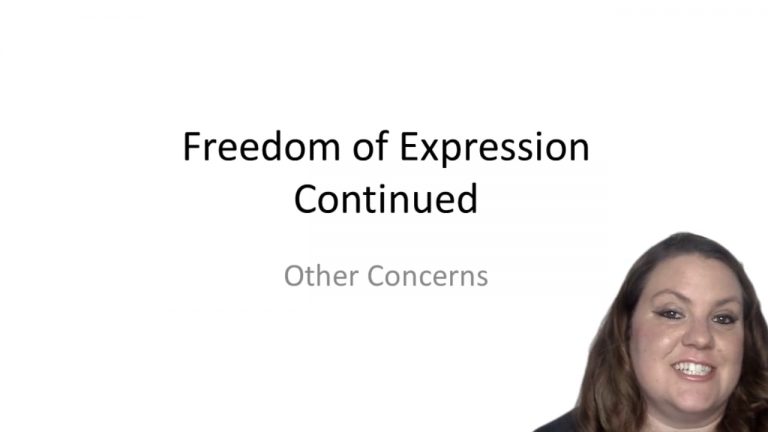SmartBrief
Confirm favorite deletion?
Constitutional Law Keyed to Maggs
R.A.V. v. City of St. Paul, Minn.
Citation:
505 U.S. 377 (1992)Facts
In June 21, 1990, petitioner and several other teenagers allegedly assembled a crudely made cross by taping together broken chair legs. They then allegedly burned the cross inside the fenced yard of a black family that lived across the street from the house where petitioner was staying. Although this conduct could have been punished under any of a number of laws, one of the two provisions under which respondent city of St. Paul chose to charge petitioner was the St. Paul Bias-motivated Crime Ordinance. The ordinance prohibits anyone from placing on public or private property a symbol, object, including a burning cross, which one knows arouses anger, alarm, or resentment in others on the basis of race, color shall be guilty of a misdemeanor. The petitioner argued that this ordinance was substantially overbroad and impermissibly content based and thus invalid under the First Amendment.
Only StudyBuddy Pro offers the complete Case Brief Anatomy*
Access the most important case brief elements for optimal case understanding.
*Case Brief Anatomy includes: Brief Prologue, Complete Case Brief, Brief Epilogue
- The Brief Prologue provides necessary case brief introductory information and includes:
Topic:
Identifies the topic of law and where this case fits within your course outline.Parties:
Identifies the cast of characters involved in the case.Procedural Posture & History:
Shares the case history with how lower courts have ruled on the matter.Case Key Terms, Acts, Doctrines, etc.:
A case specific Legal Term Dictionary.Case Doctrines, Acts, Statutes, Amendments and Treatises:
Identifies and Defines Legal Authority used in this case.
- The Case Brief is the complete case summarized and authored in the traditional Law School I.R.A.C. format. The Pro case brief includes:
Brief Facts:
A Synopsis of the Facts of the case.Rule of Law:
Identifies the Legal Principle the Court used in deciding the case.Facts:
What are the factual circumstances that gave rise to the civil or criminal case? What is the relationship of the Parties that are involved in the case.Issue(s):
Lists the Questions of Law that are raised by the Facts of the case.Holding:
Shares the Court's answer to the legal questions raised in the issue.Concurring / Dissenting Opinions:
Includes valuable concurring or dissenting opinions and their key points.Reasoning and Analysis:
Identifies the chain of argument(s) which led the judges to rule as they did.
- The Brief Prologue closes the case brief with important forward-looking discussion and includes:
Policy:
Identifies the Policy if any that has been established by the case.Court Direction:
Shares where the Court went from here for this case.
Topic Resources
Topic Outline
Topic Refresher Course
Topic Charts & Notes

 7m 56s
7m 56s